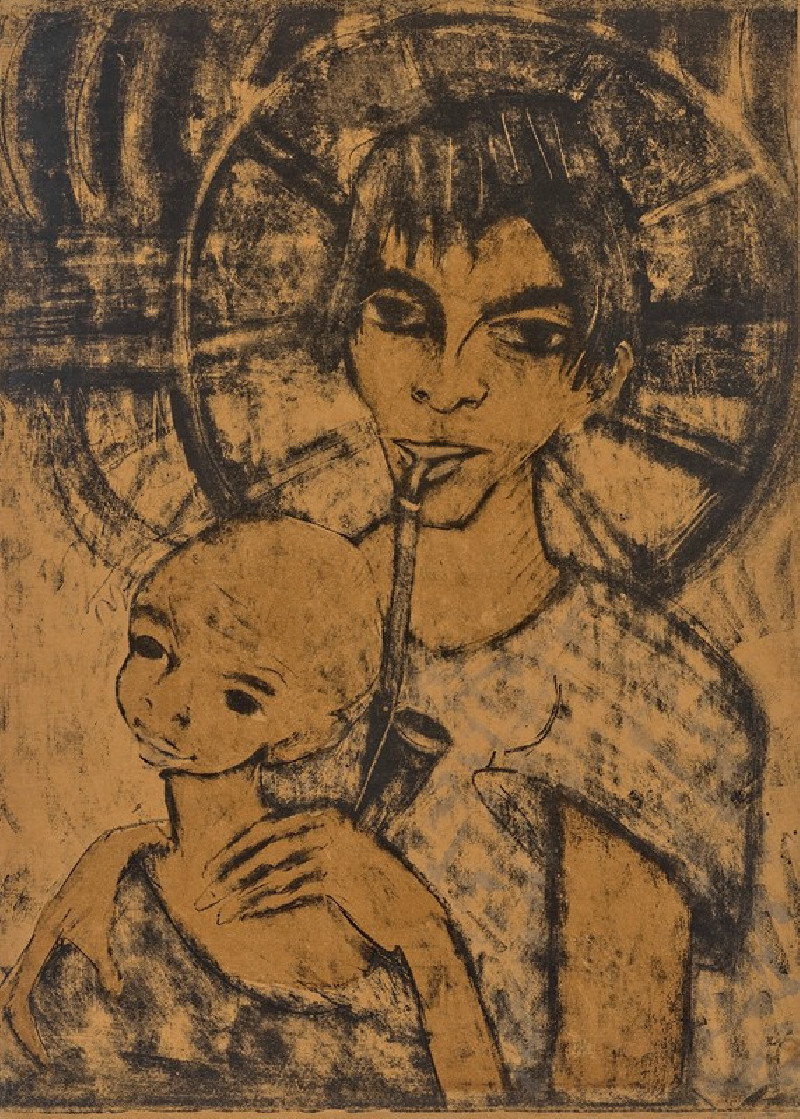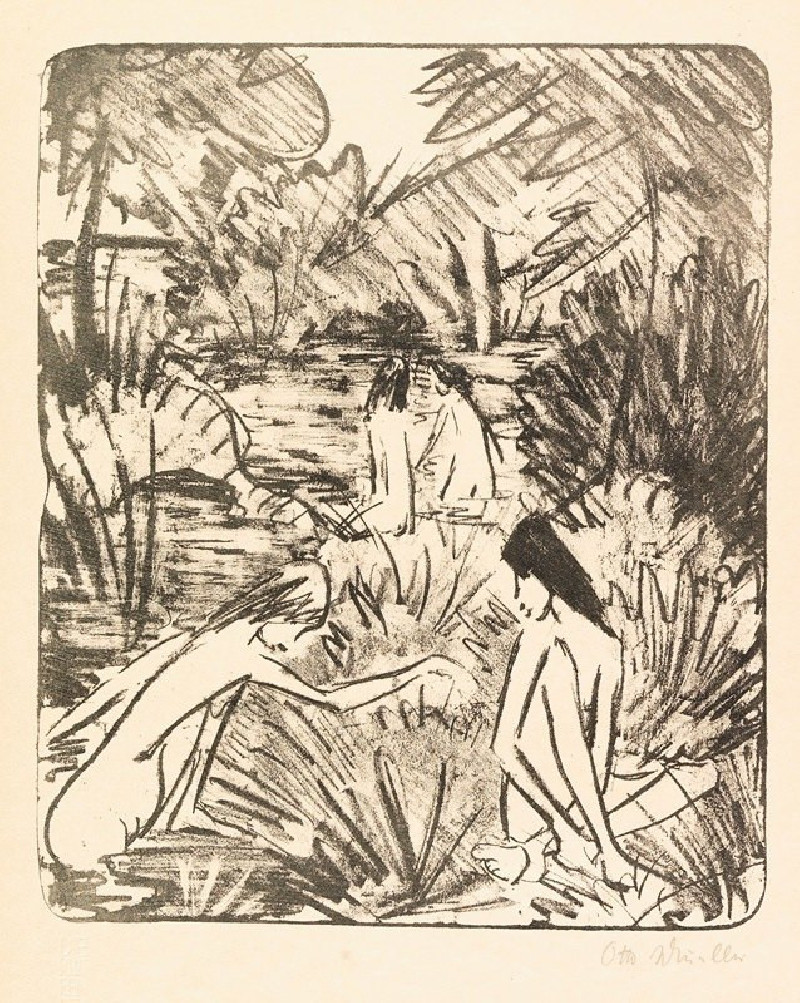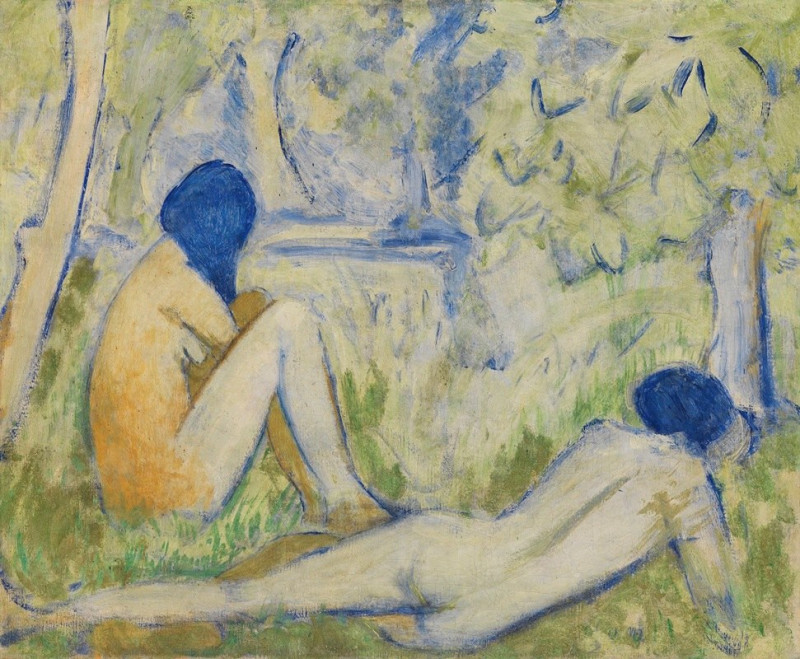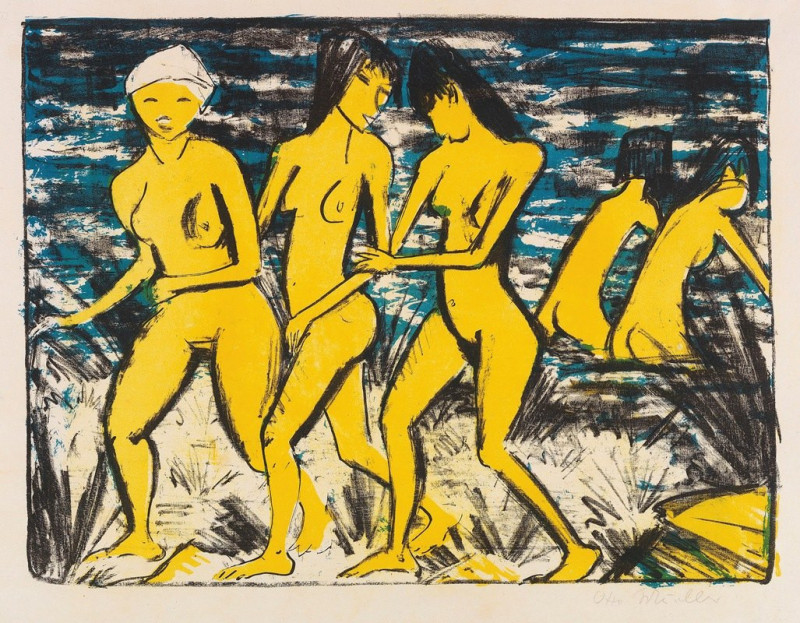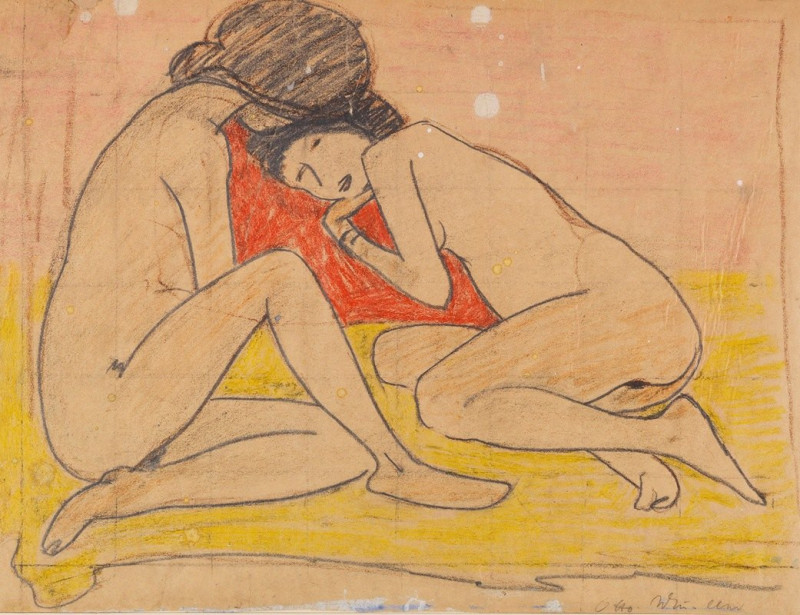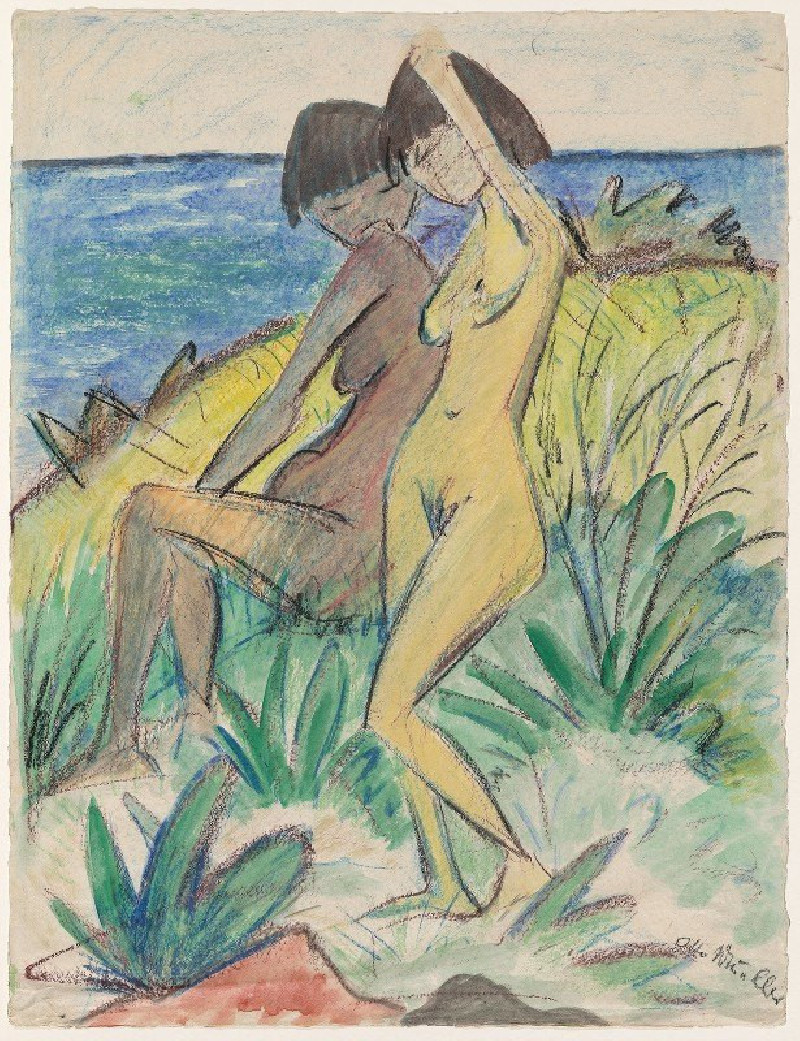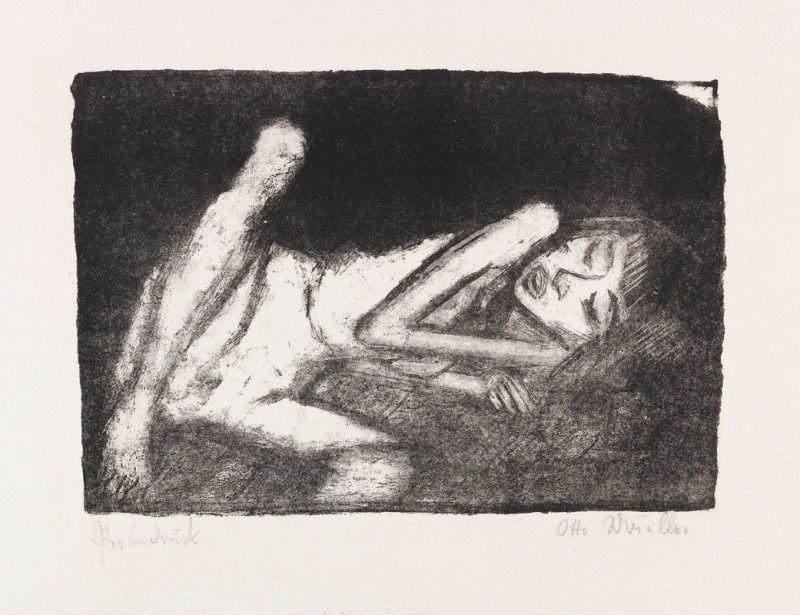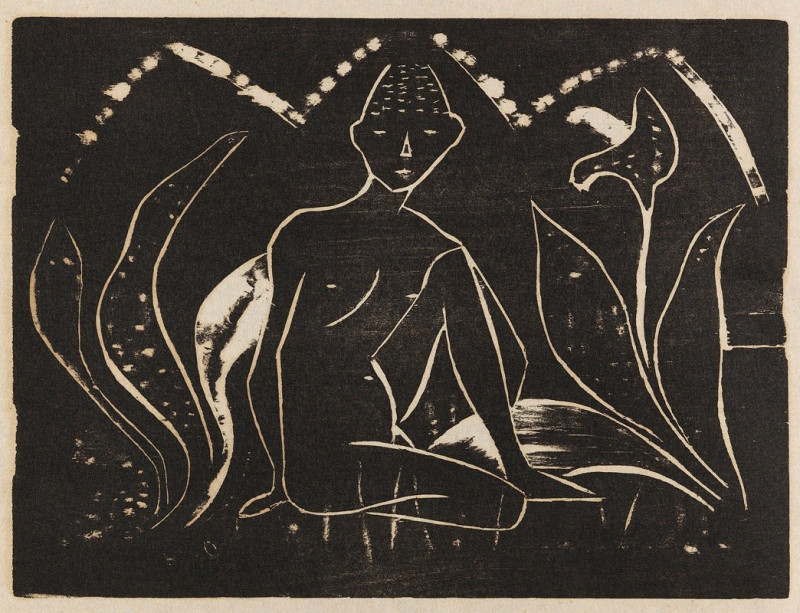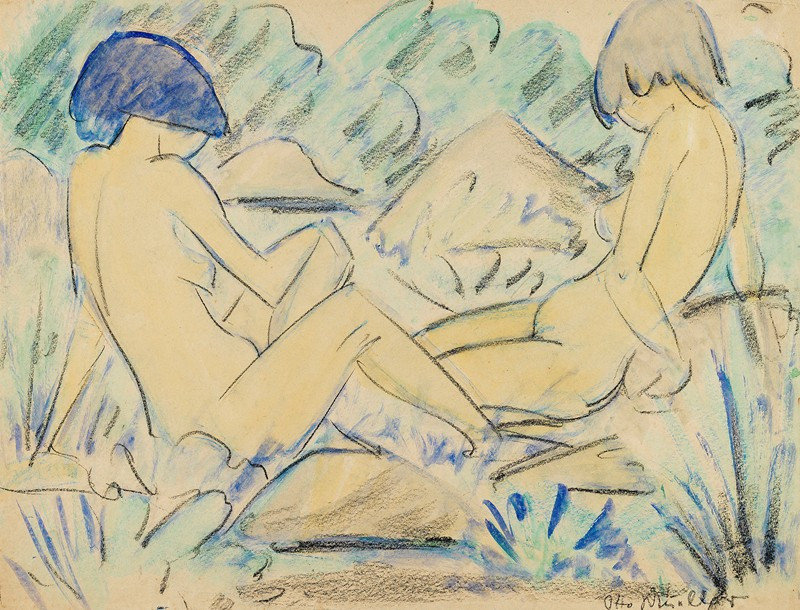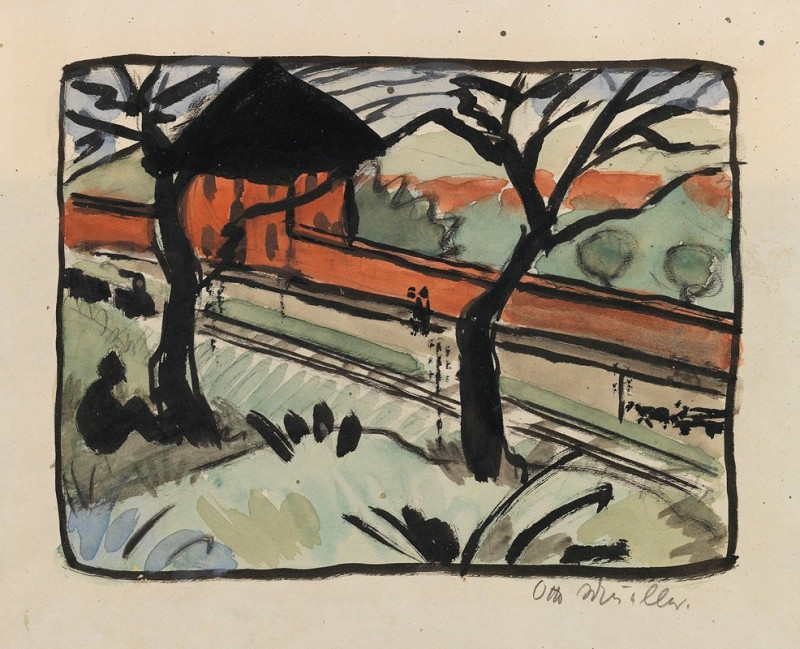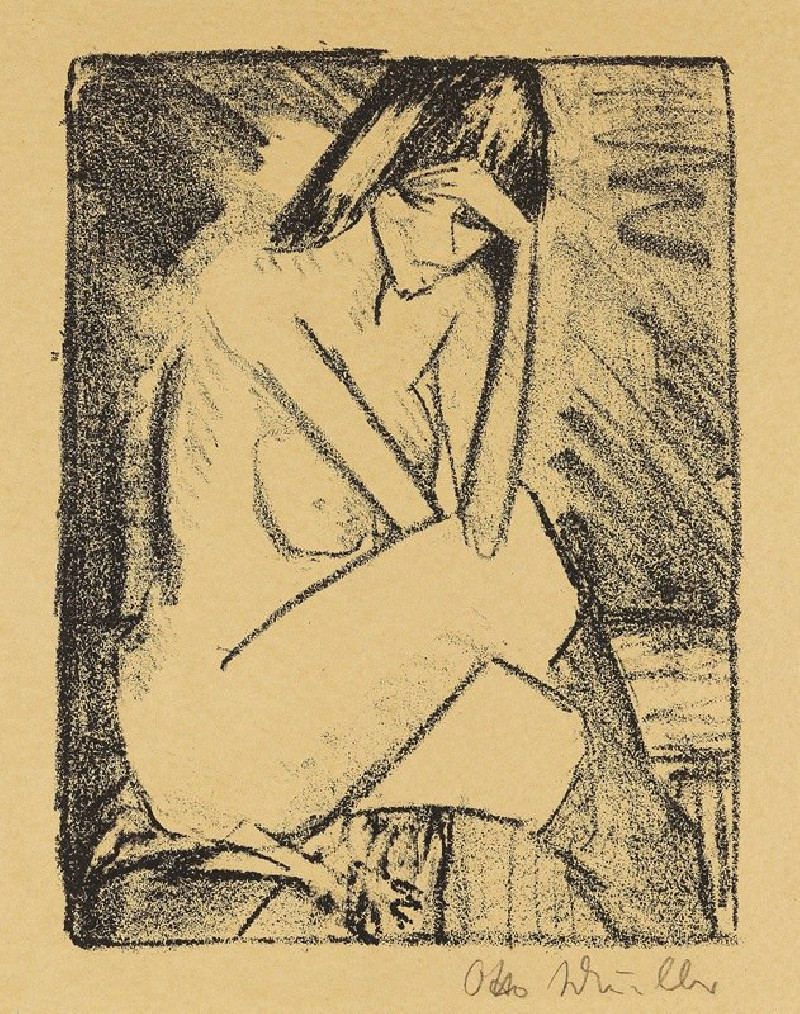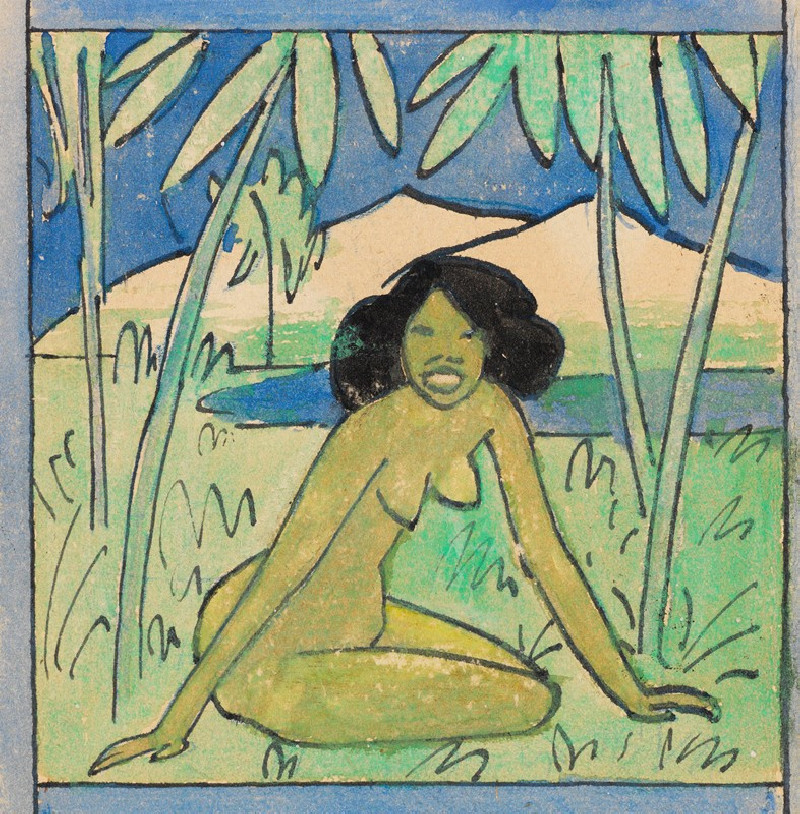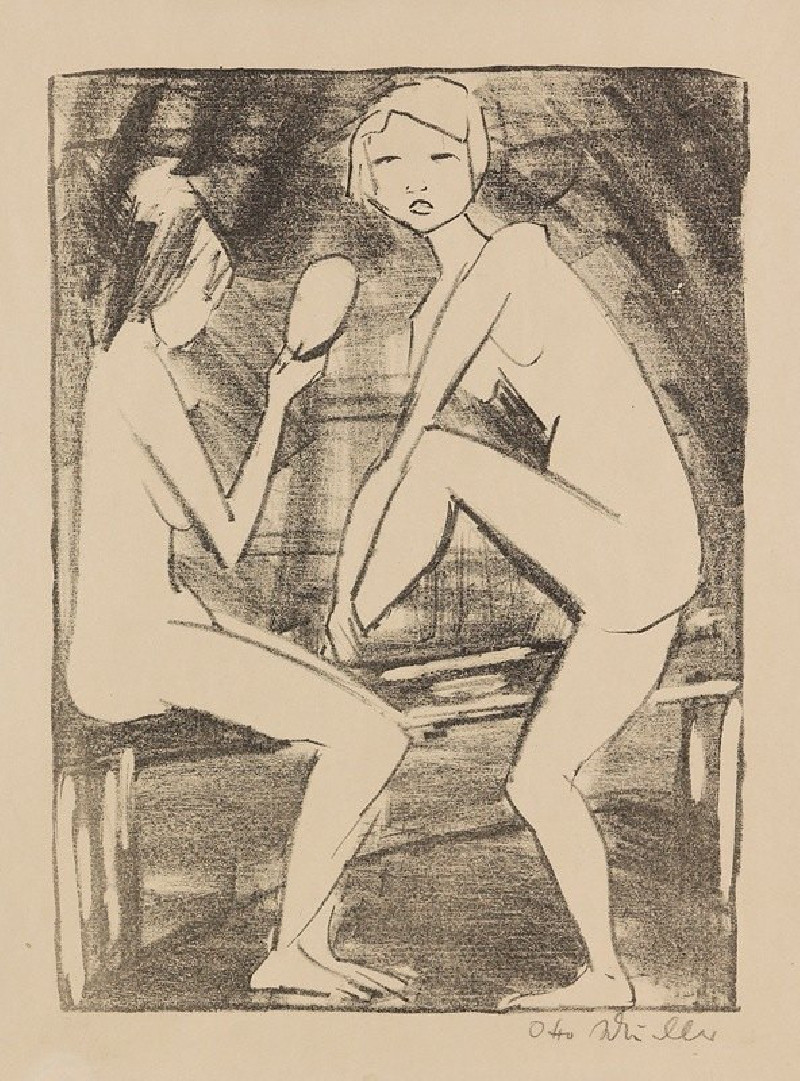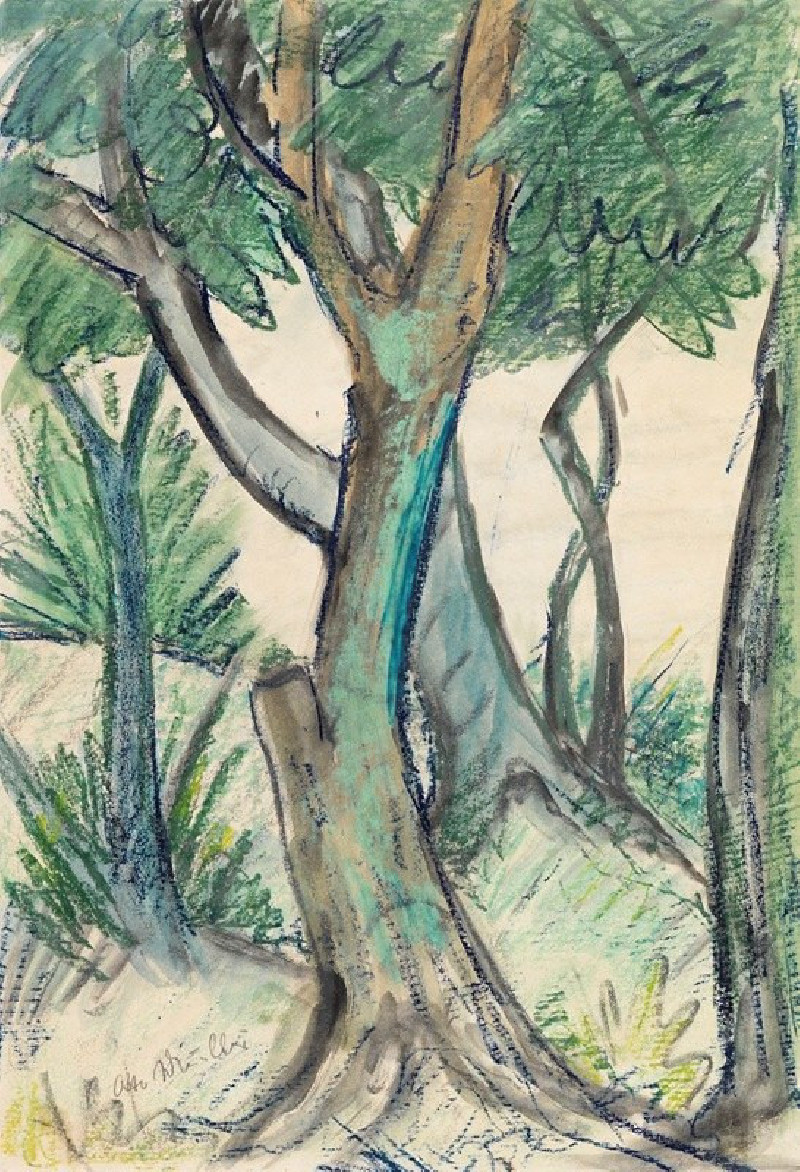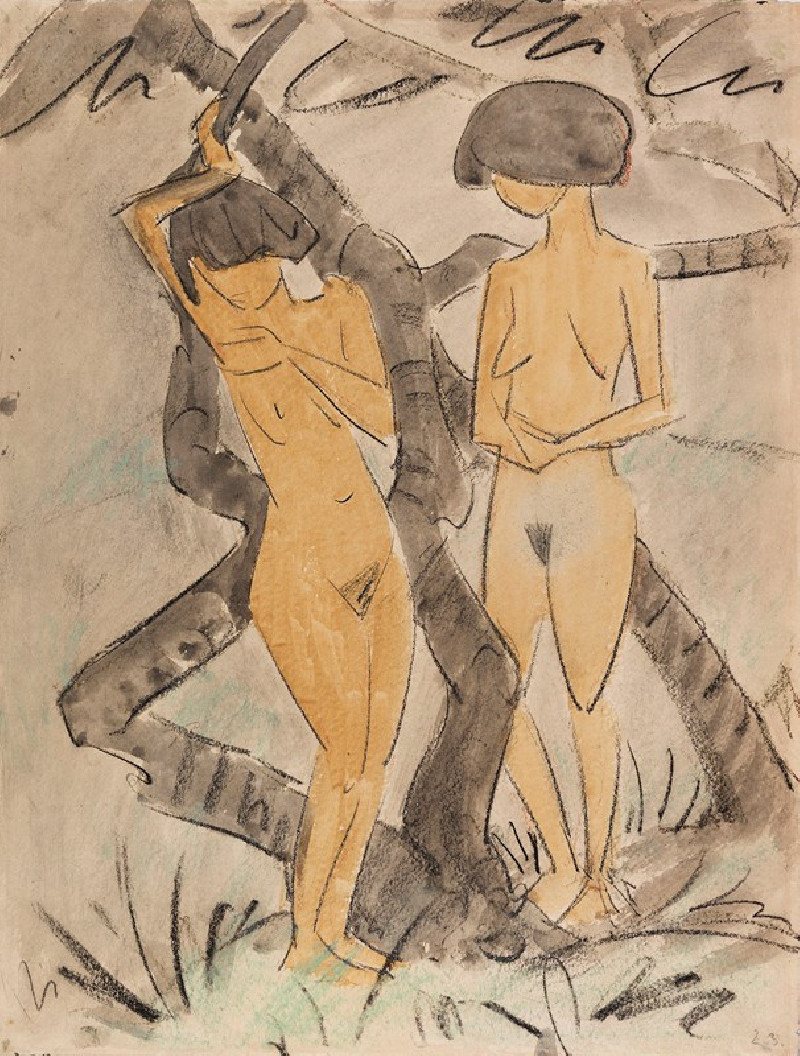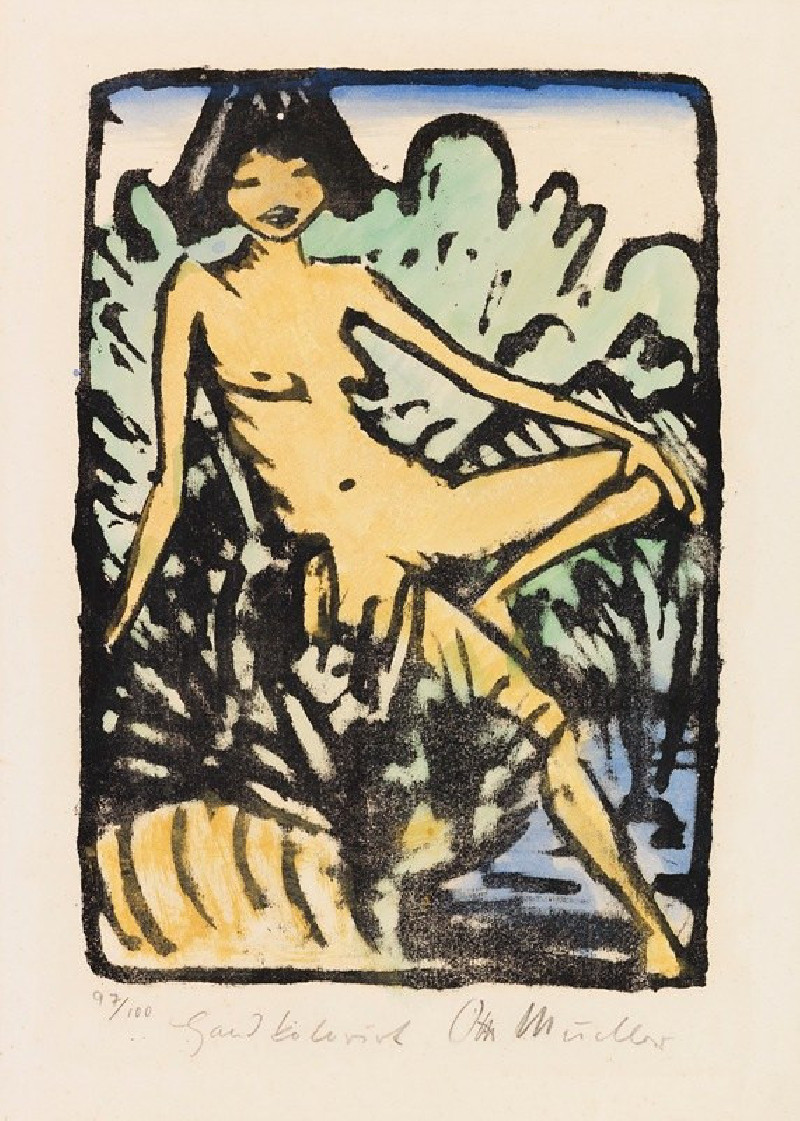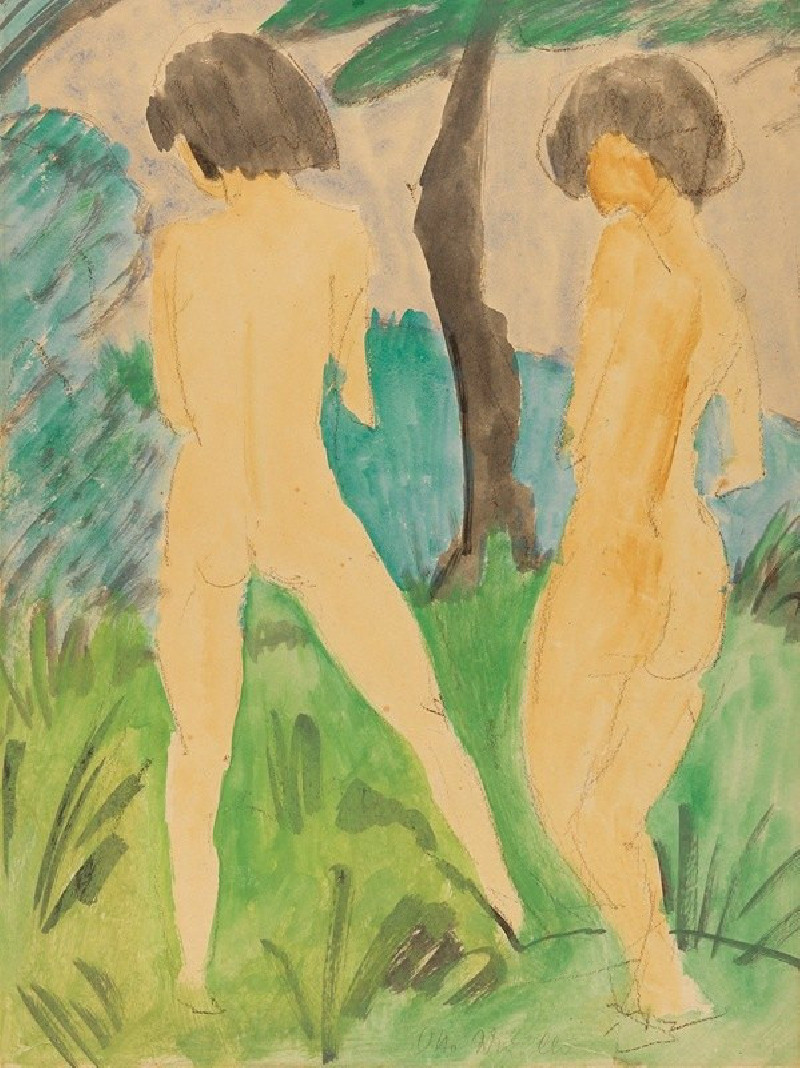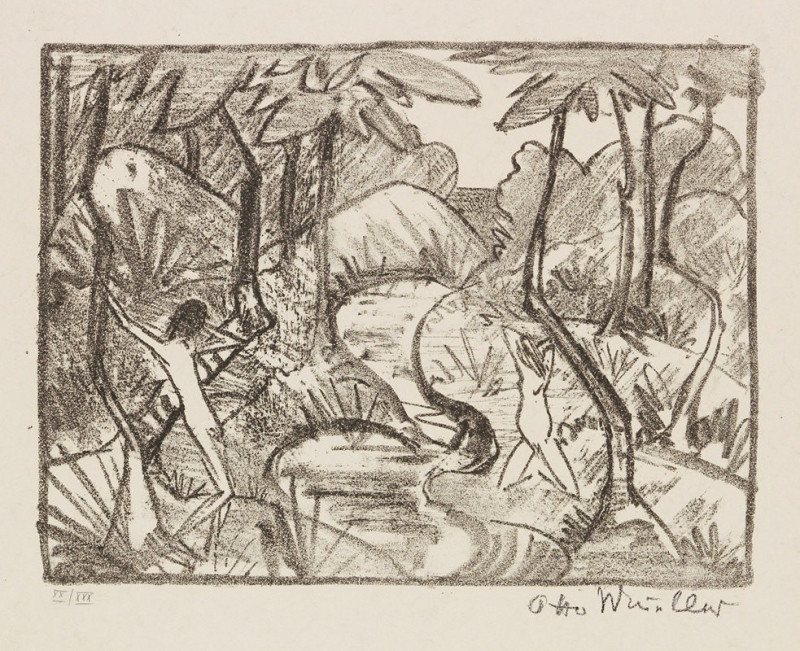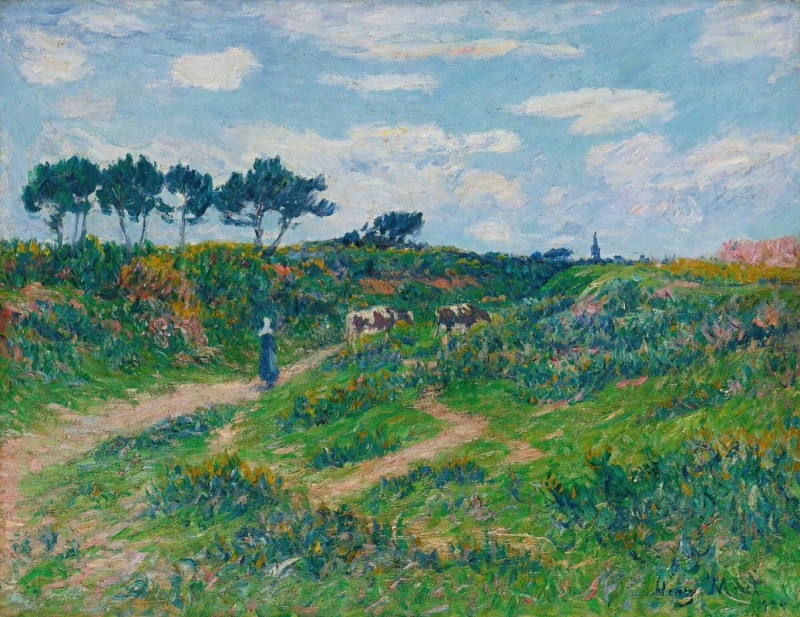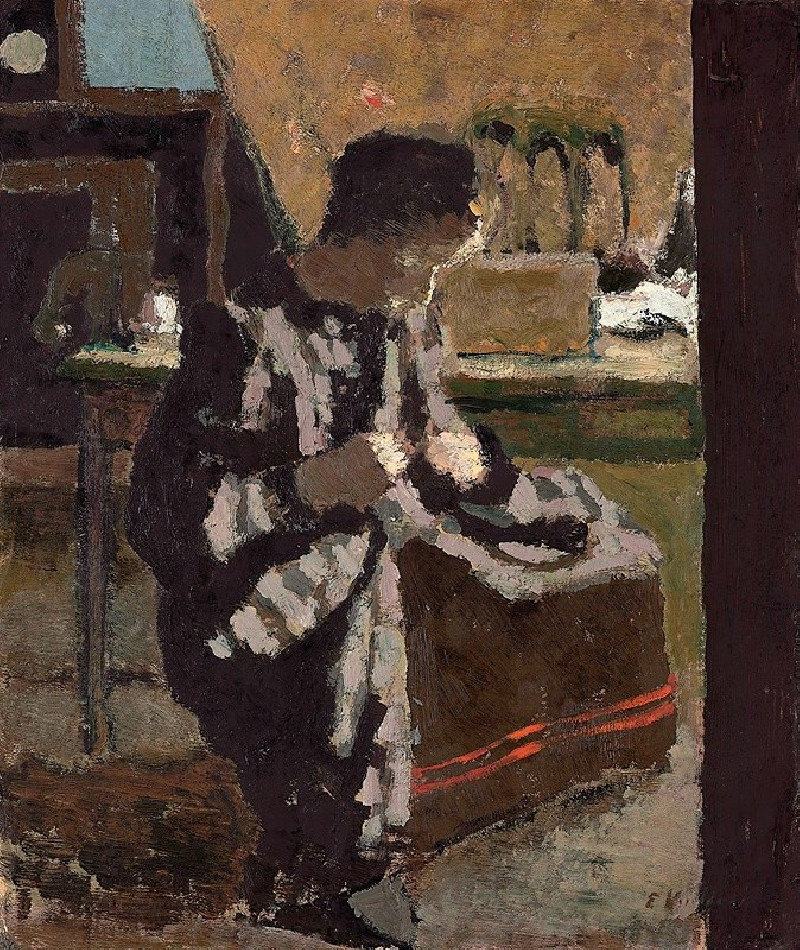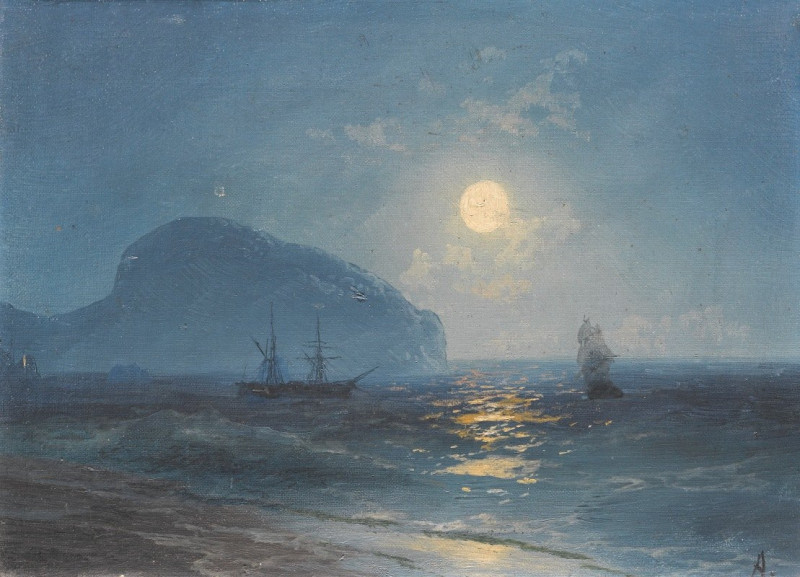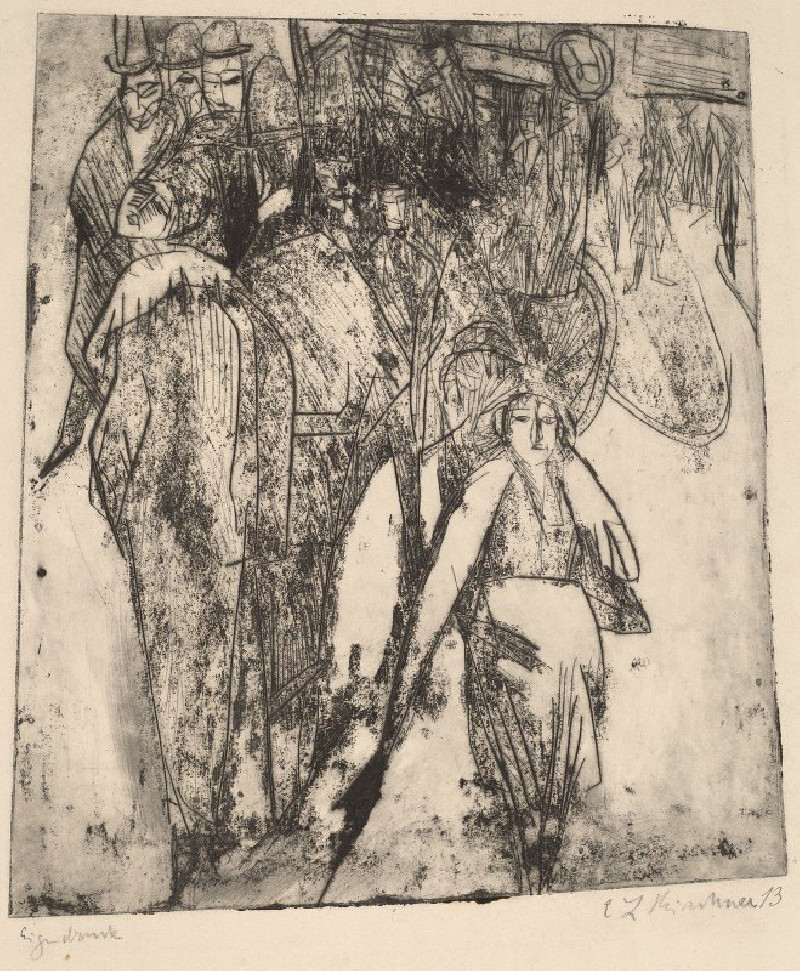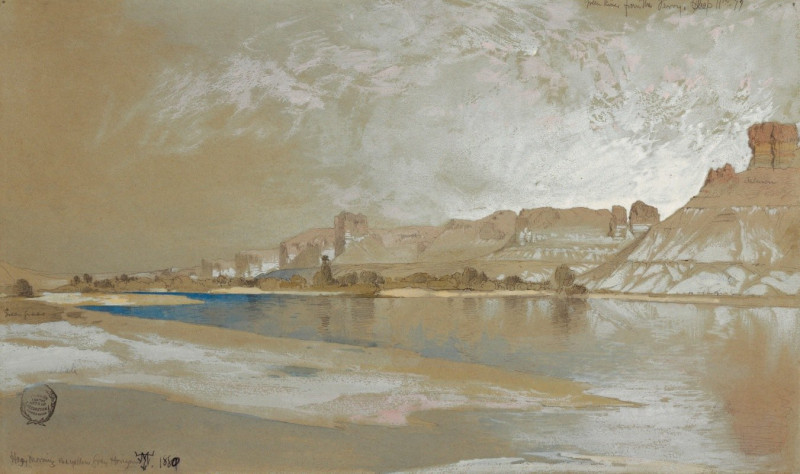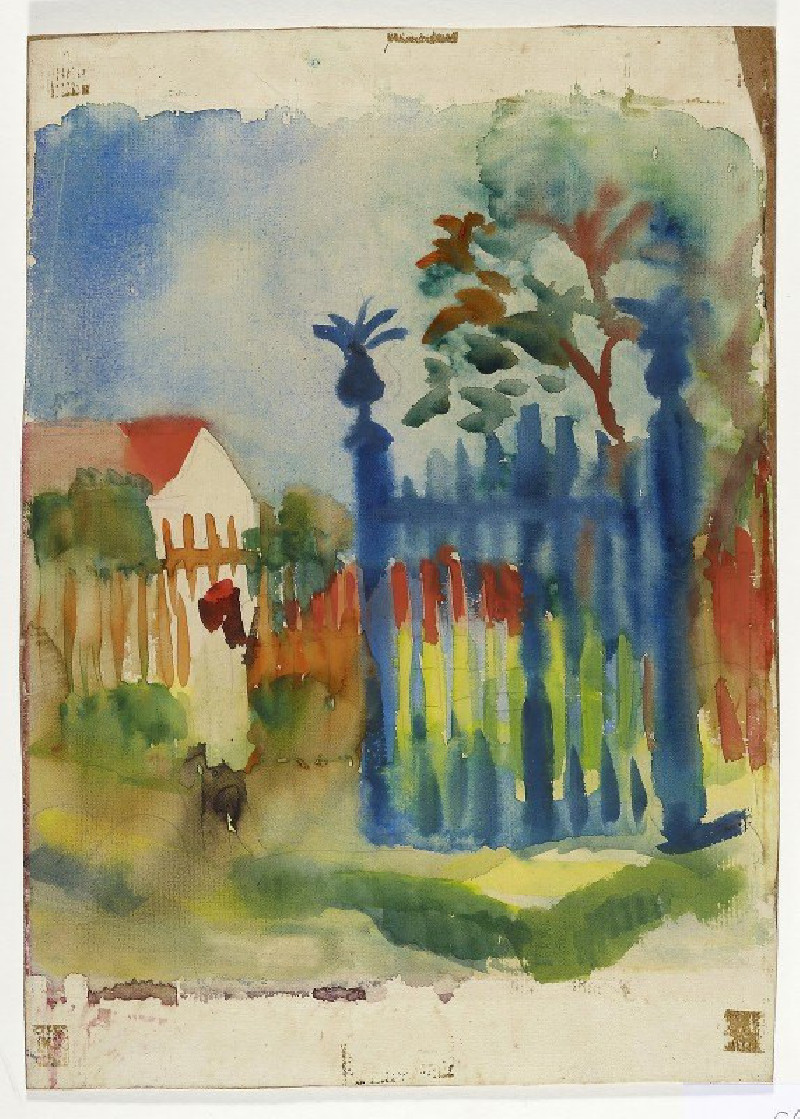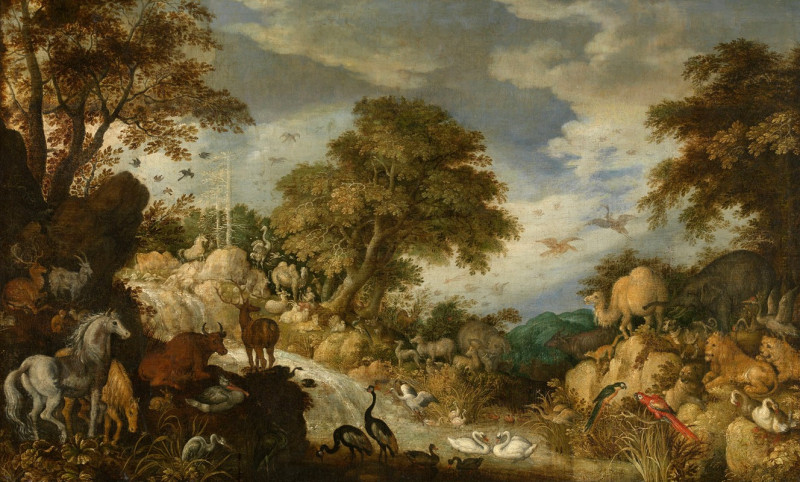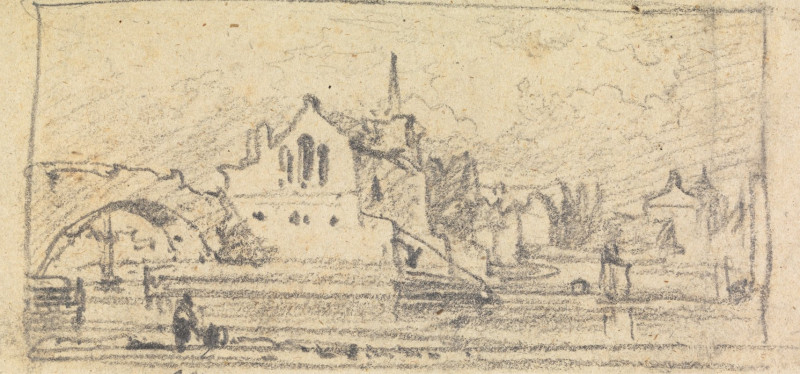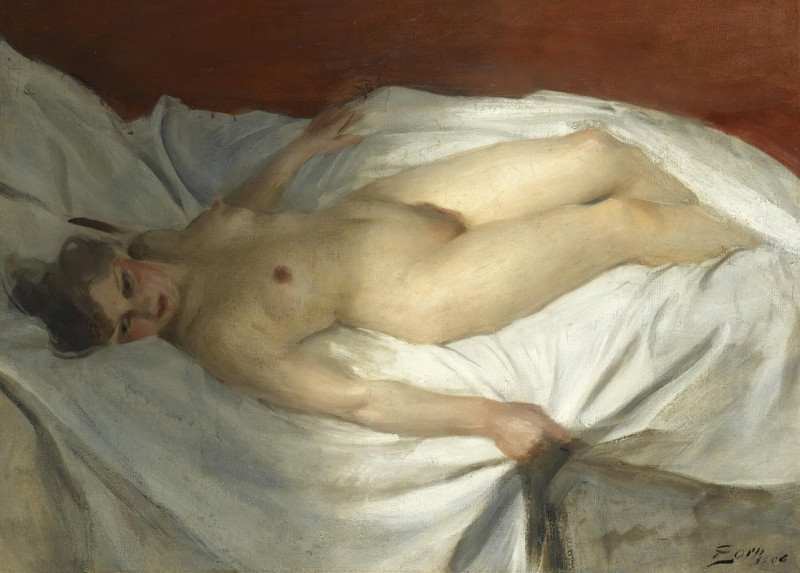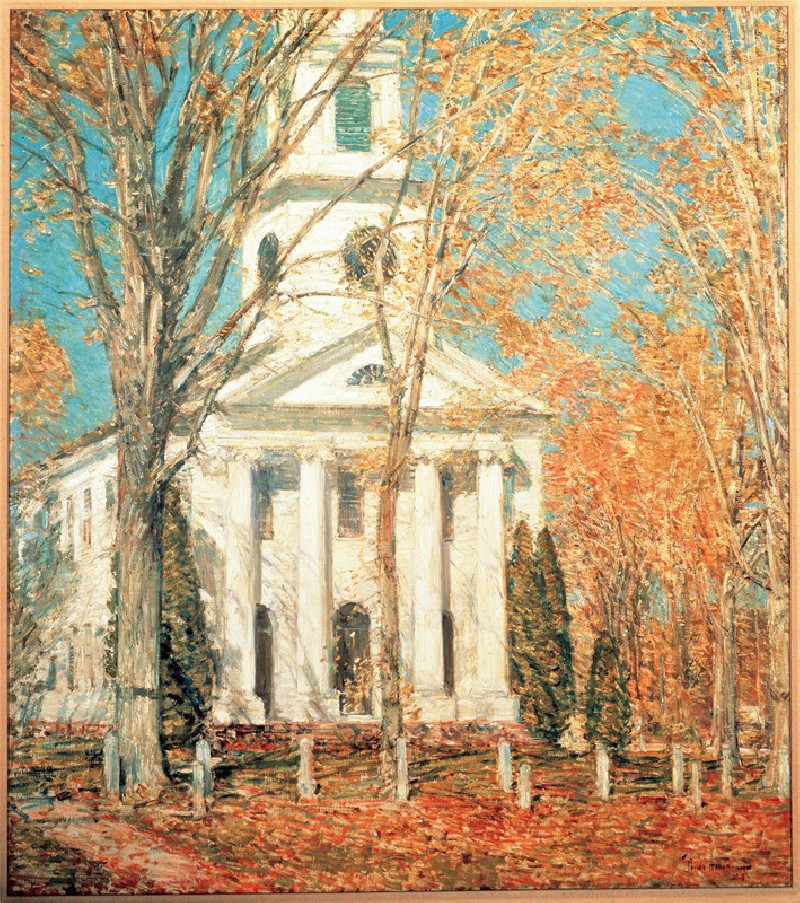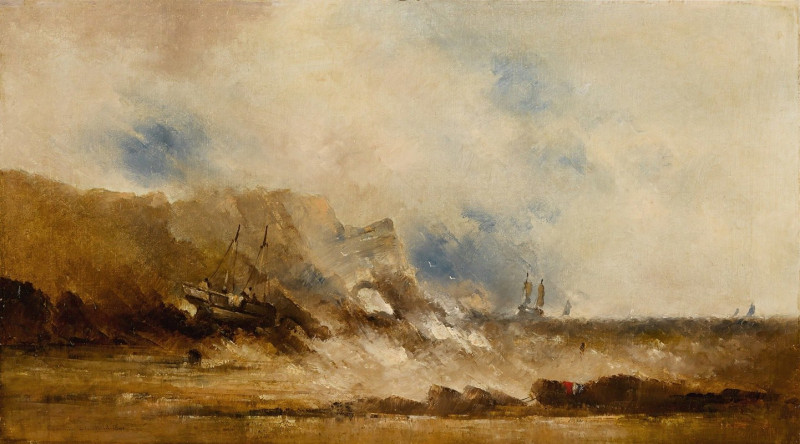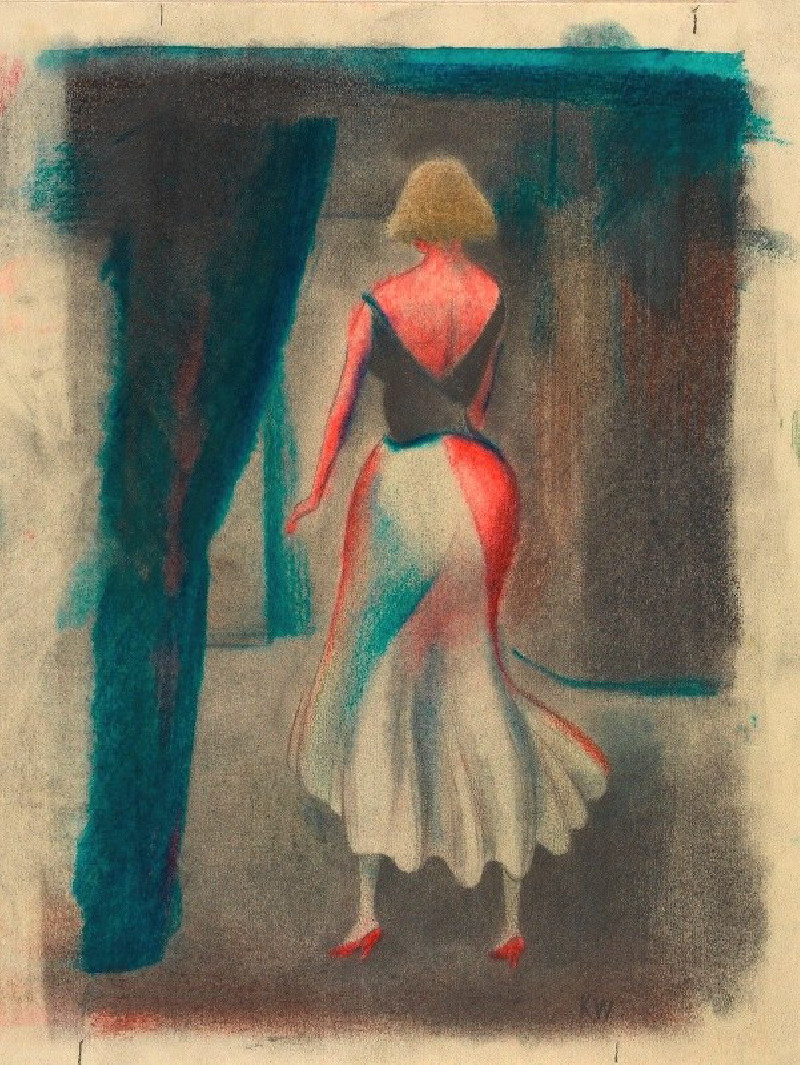Zigeunermadonna (1926-27)
Technique: Giclée quality print
Recommended by our customers
More about this artwork
Welcome to a closer look at Otto Mueller’s compelling artwork, "Zigeunermadonna." This painting emanates a profound sense of emotional depth and cultural significance. Rendered in a distinctive monochromatic palette, the artwork captures the figures of a mother and child, enveloped in a rustic, almost ethereal glow.Mueller's technique imbues the image with an enigmatic quality, seemingly merging the figures with their ambiguous background. The mother, with her intense, compelling gaze and slightly parted lips, dominates the composition, her halo suggesting a sanctity typically reserved for religious iconography. The child, clinging close with a tender and trusting expression, adds an inherent innocence to the scene.The title "Zigeunermadonna" reflects a deeply humanistic approach, portraying the subjects with dignity and grace while hinting at their possible Romani identity, a theme often revisited in Mueller’s work. This painting, like much of his artwork, explores themes of identity and outsider status, making a poignant statement on the beauty found in all walks of life.
Delivery
Returns
Otto Müller was a German painter and printmaker of the Die Brücke expressionist movement.
Mueller was born in Liebau (now Lubawka, Kamienna Góra County), Kreis Landeshut, Silesia. Between 1890 and 1892 he was trained in lithography in Görlitz and Breslau. From 1894 to 1896 he studied at the Academy of Fine Arts in Dresden and continued his study in Munich during 1898. He left Munich's academy after Franz von Stuck classified him as untalented.

